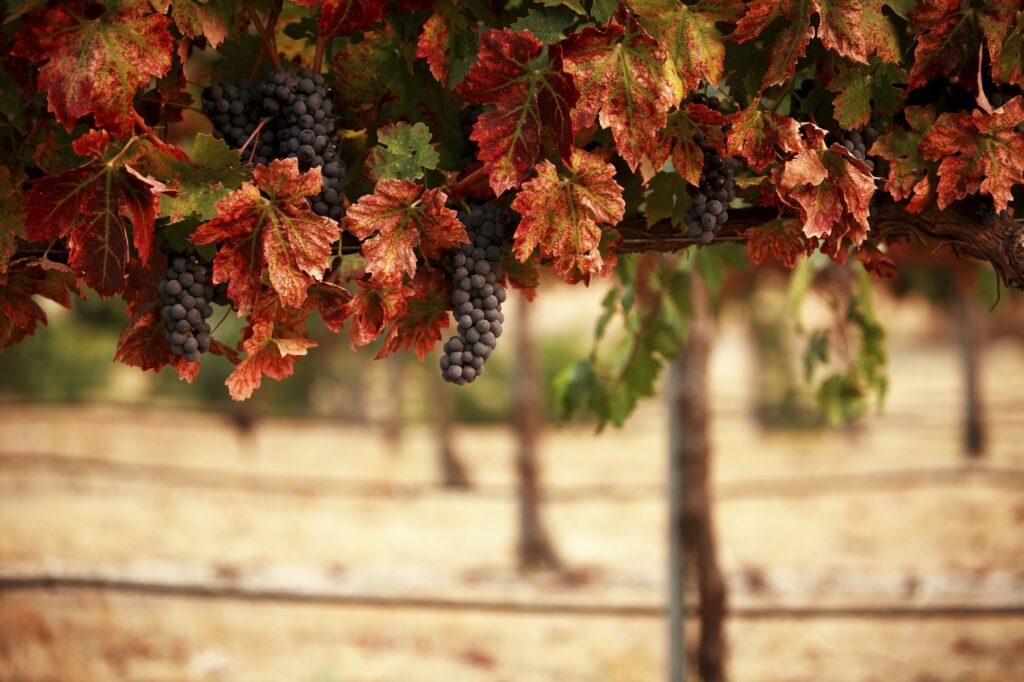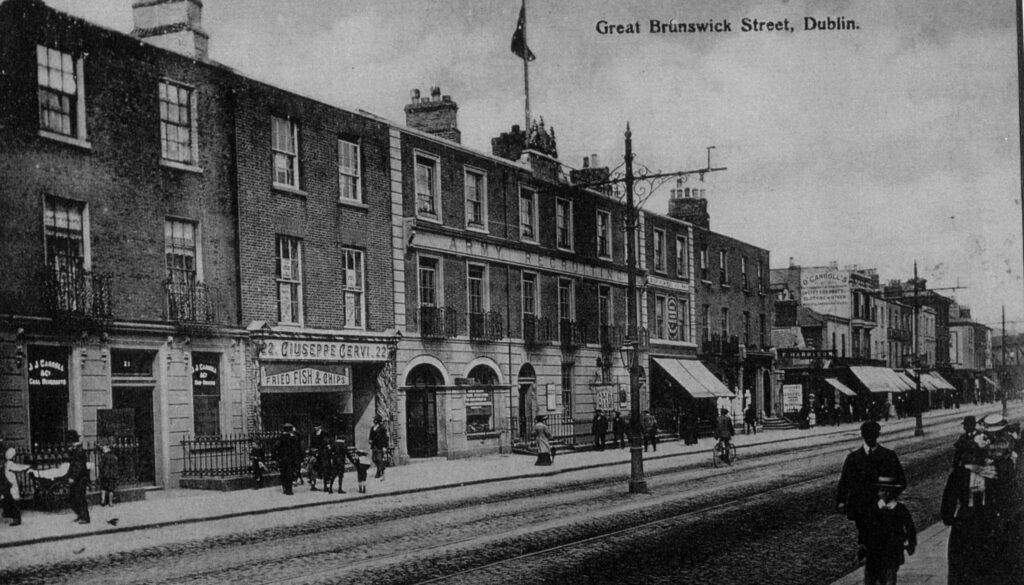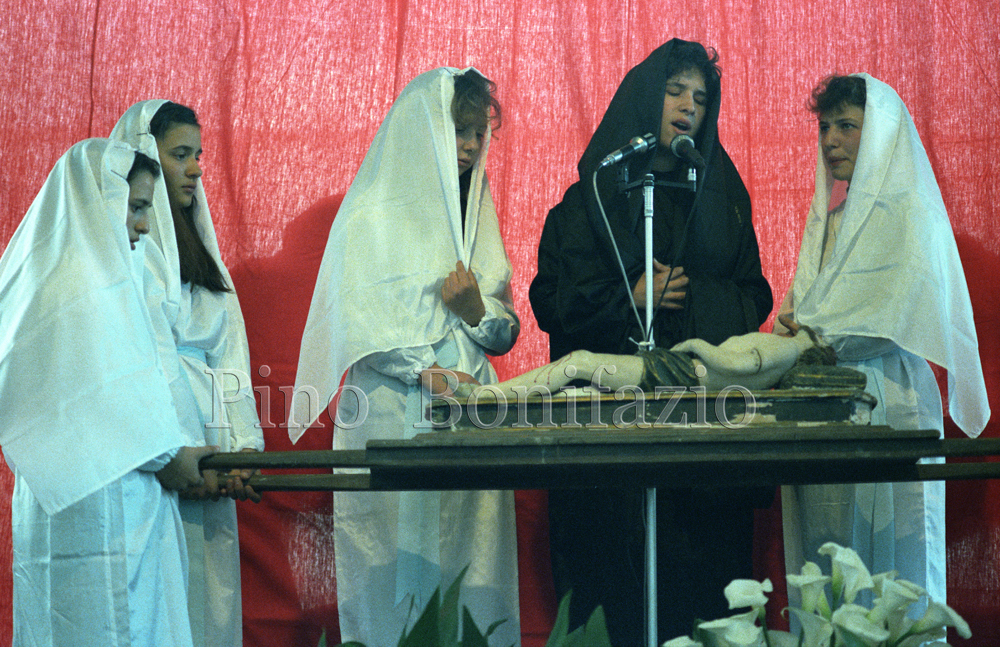In the heart of the Comino Valley, the origin of Cabernet finds its roots in the wise intuitions of the agronomist Pasquale Visocchi, a figure of extraordinary versatility of the nineteenth century. At the dawn of the 1800s, Visocchi planted the first Cabernet vines in Atina, in the province of Frosinone, giving life to a winemaking tradition that would mark the winemaking history of the region.
Motivated by the conviction that producing a good wine required poetry and art, Visocchi, agronomist, winemaker, paper entrepreneur and mayor of Atina, revolutionized agriculture in Val di Comino. He created experimental fields, adopted breeding methods, and implemented winery techniques learned in France. Through these experiments, Visocchi compiled a ranking of the most fertile species, leaving a legacy of knowledge that would inspire future generations of winemakers.
In 1999, the Cabernet of Atina returned to excel, obtaining the prestigious recognition of the Controlled Designation of Origin (DOC). This success was made possible thanks to the commitment of a group of passionate and visionary owners of wine cellars.
Enrico, one of them, who had spent years in Scotland, decided to buy the land of the Visocchi family, where Cabernet DOC and Merlot had been grown since 1860. Although Enrico could not see the fulfilment of his dream, the land remained dormant for almost forty years. It was his son Fabio, together with his grandsons Marco and Enrico, who resumed the path traced by that emigrant in Scotland, carrying on the family legacy. Today, every bottle of Ricucc’ (Atina Cabernet DOC: 85% Cabernet Sauvignon, 15% Merlot) opened and served, evokes the memory and honor of grandfather Enrico.
Wine in the Comino Valley is not just a product, but a heritage steeped in history and culture. Each sip tells the stories of pioneers such as Pasquale Visocchi and Enrico, who shaped the territory with their dedication and passion. The winemaking tradition of Atina, with its Cabernet DOC, is a perfect combination of the skills handed down by previous generations and the innovation carried out by the new generations of winemakers. In every glass you can savor the richness of this land, celebrating the continuity of a tradition that has resisted the passage of time.






